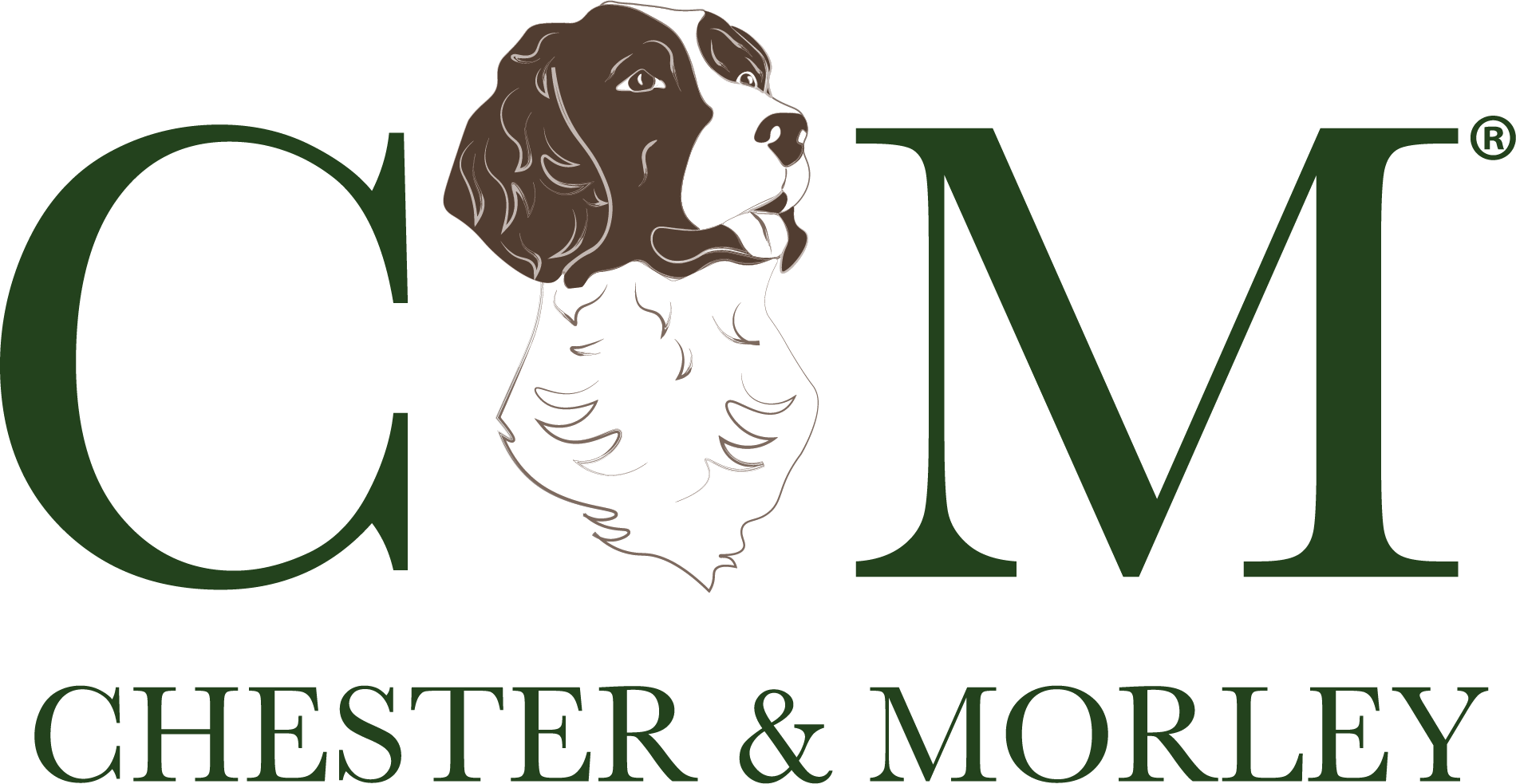How Do I Look After My Dog’s Teeth?
Just like humans, dogs teeth can be susceptible to plaque and decay if they are not routinely looked after. Your canine’s mouth has many more important roles to fulfill than just eating and drinking, they use their mouths to play, explore and get a sense of their surroundings too.
Did you know that 75% of dogs over three years old suffer from gum disease and poor dental health?
How can you prevent dental problems?
Ideally, a daily brushing routine helps to maintain a healthy, fresh mouth so getting your pooch used to having their teeth handled early on is a good idea, and it is never too late to implement it.
What issues can arise?
Plaque & tartar build-up
Without regular cleaning, plaque, and tartar can begin to accumulate on the teeth and gums causing inflammation, bad breath, pain, and in severe cases infection.
Gum disease
Gingivitis is five times more common in our furry friends than in us and it can progress quickly. Gum disease is caused directly by a build-up of tartar and plaque which cause the gums to become swollen, sore, and red.
Periodontitis
This condition is a progression of gum disease where the gum starts to decline to such an extent that tooth structures start to deteriorate and tooth loss and infections can set in.
Warning signs to look out for
- Brown or yellow staining on teeth
- Inflamed swollen gums
- Bad breath frequently
- Avoiding eating or picking up things with their mouth
- Pain or discomfort
- Weight loss
Dental Care Tips
- Use toothpaste, especially for dogs (Human toothpaste contains ingredients that are poisonous to dogs) plus canine toothpaste comes in lots of dog-friendly meaty flavours that will appeal to your dog.
- You can, however, use a human toothbrush for an adult or child depending on the size of the dog, simply wet the brush, add the paste, and gently clean the teeth and gums.
- If you can’t manage to brush daily then a few times a week should be enough to maintain good hygiene.
What else assists with maintaining healthy teeth?
- Dental chews can be a good addition to your dog’s routine providing a tasty treat whilst helping to reduce plaque.
- Dental water additives are a simple way to boost oral health by acting as a canine mouthwash. Simply pour some into the water bowl daily.
- Dental powder has similar results to dental water by breaking down plaque and can be mixed into every meal.
- Professional periodic cleans to remove tartar buildup (typically once a year)
What to do when your dog is not a fan of having their teeth cleaned
So you’ve decided to start up a healthy dental routine for your four-legged friend but they are not so eager to have a regular cleaning session, what now? First of all, it is important to get your dog comfortable with having their face and mouth area touched so start slowly and build up to tooth cleaning.
- Start by gently stroking the side of their mouth and lips back and forth in short bursts and reward with a treat, increasing the time gradually.
- After your dog is at ease with this (over a period of a few days) introduce a dog toothpaste and encourage your pooch to lick it off of your finger and taste it.
- Begin to rub your finger along the gum lines with the toothpaste and then progress to putting toothpaste on the toothbrush to start with, concentrating on the front teeth.
- Progress to the rest of the mouth in stages until you can successfully clean all of the teeth.
It is best to incorporate a dental routine from when your dog is a puppy. If your dog is older, although it may take some patience and senior dog can be trained to accept teeth cleaning.



